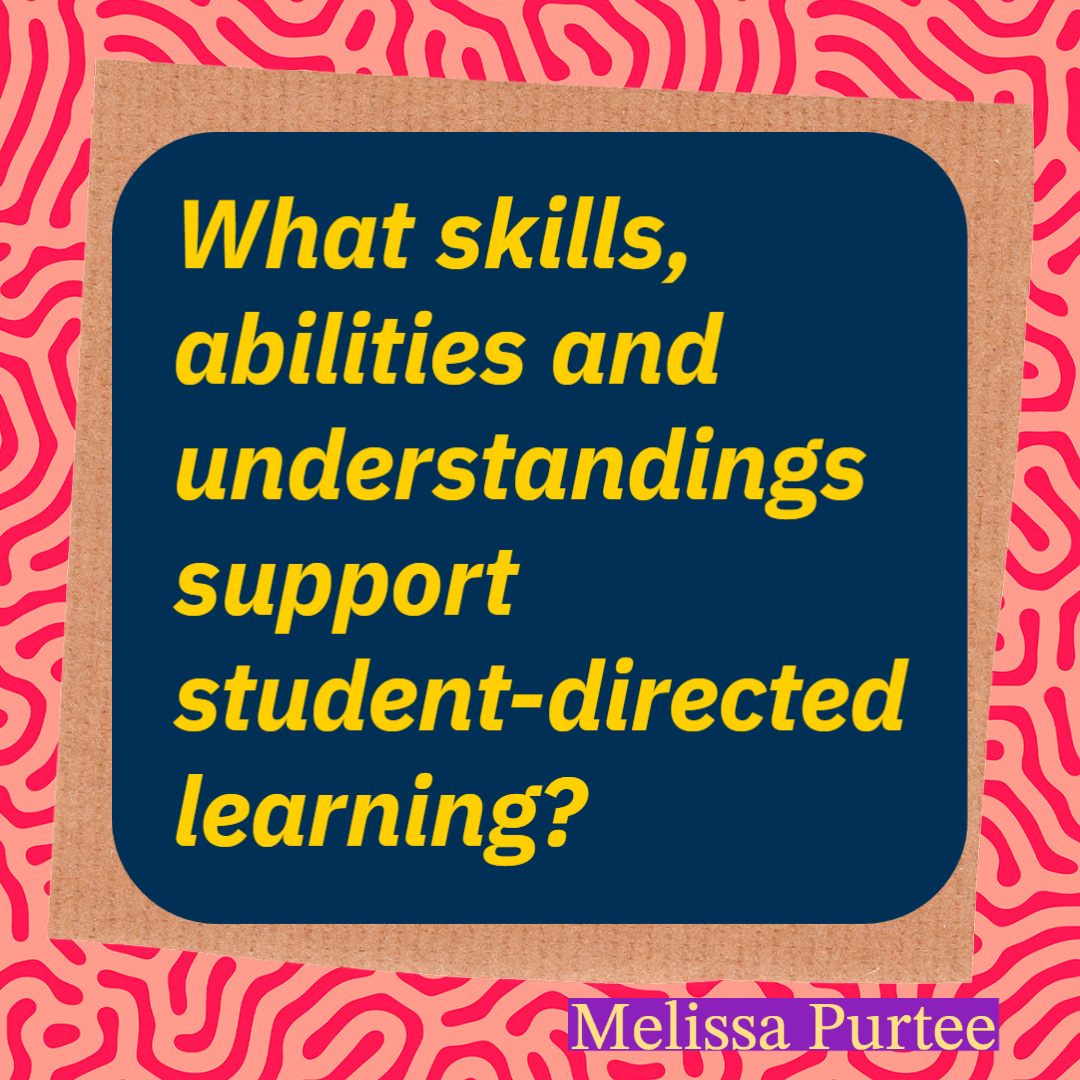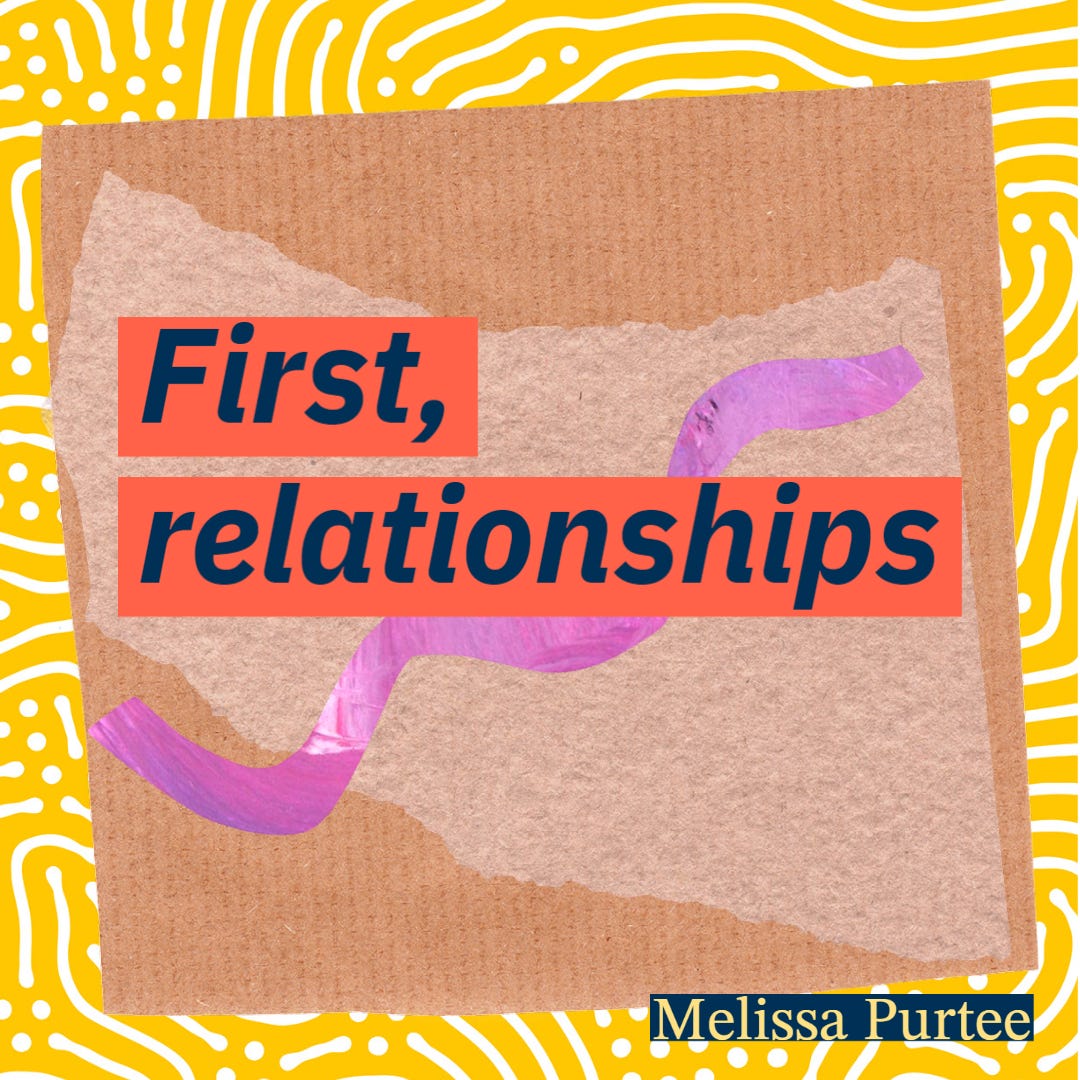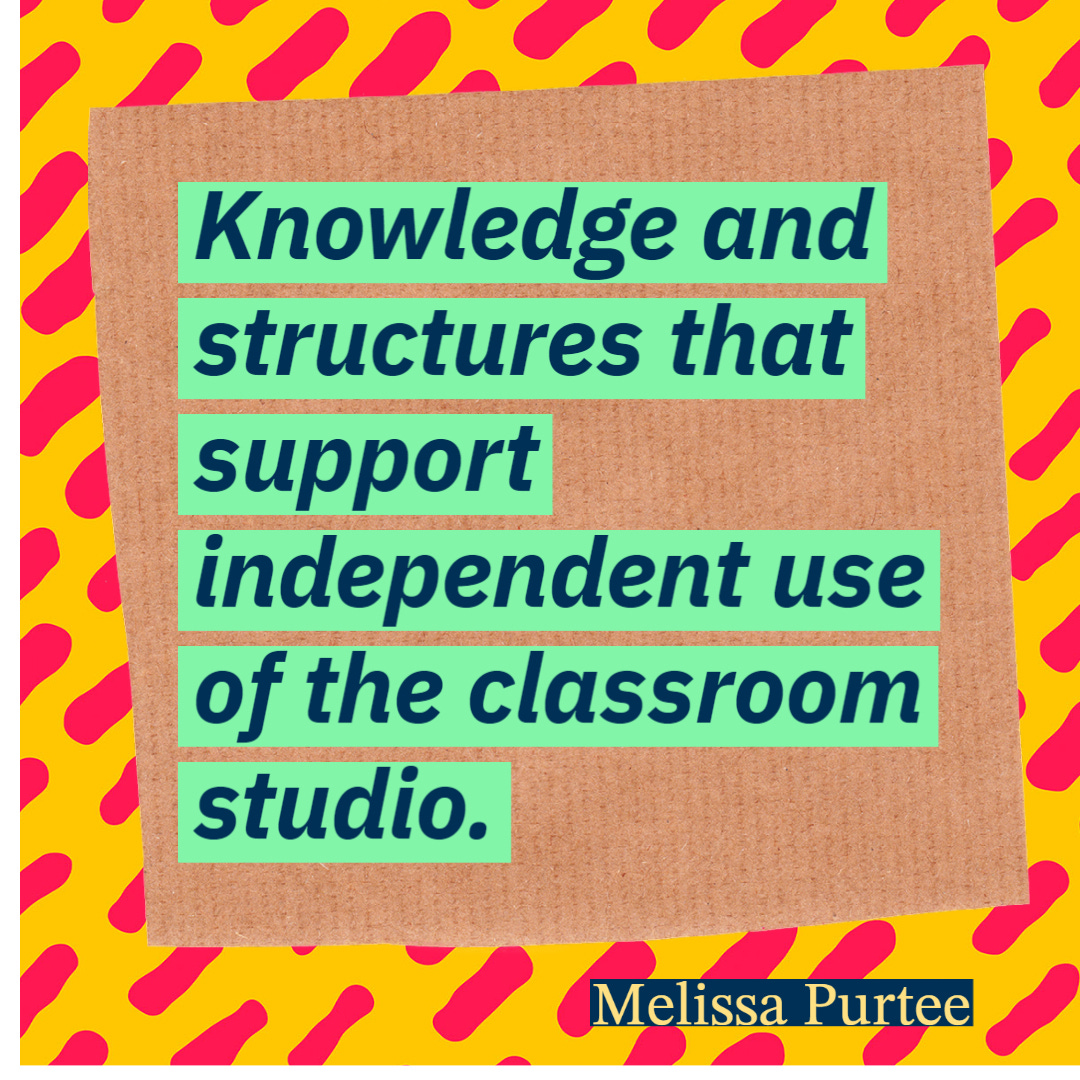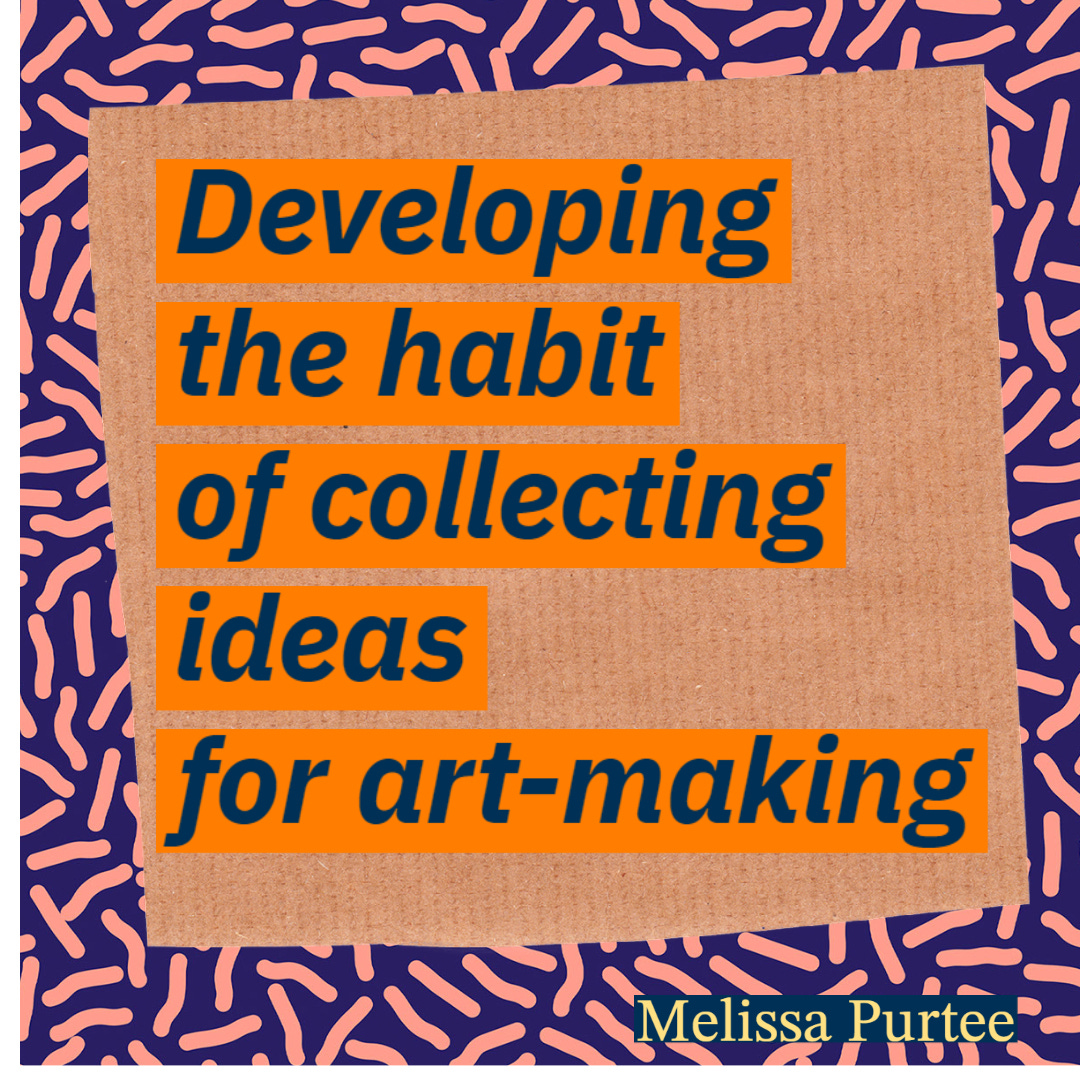I began my teaching career in an elementary art room and stayed for eight years. When I started TAB, setting my room into three tabletop centers, the transition was easy and the students were excited. Of course, I’d spent three years in the school first, building relationships and student knowledge of art-making, so I had a solid foundation to work with.
TAB was a joy in my elementary classrooms. I ran programs at two different elementary schools, both with more than 80% of students who qualified for free and reduced lunch. TAB allowed each student to connect who they were and what they cared about to their work in the studio. A powerful thing to see and experience.
When I took a job at a high school on the other side of town I was sure my students would be delighted to make art using their ideas. I told them all about my plans for this on the first day and was met with silence. Finally, one student raised his hand and said “Just tell me what to do to get an A”.
I didn’t have a good answer, of course, because I didn’t want my students to just “get A’s” - I wanted them to use their ideas to engage in meaningful art-making, like every one of my elementary students had. I knew I had work ahead of me to accomplish this, all centered around the question:
“What skills, abilities, and understandings support student-directed learning ?”
Now, with the clarity of time, I know that starting TAB in my elementary classroom was successful, in part, because I’d spent years developing positive relationships and teaching art-making knowledge. None of that was in place on the first day of my new high school teaching job.
Over the last 11 years of implementing student-directed learning with high school students, I’ve found four areas that support success for all students.
First, relationships. Asking students to use their ideas can feel like a risk to some students. They need to know and trust both the teacher and peers. As these relationships develop, they feel more able to take the risk of engaging with the open-ended tasks that comprise the creative process.
Understanding of media, tools, techniques, and processes. Students need a basic level of understanding of media, tools, techniques, and processes to successfully envision how to use them to make art. Learners come with vastly different prior knowledge - some may have never taken art and be in a class with those who have very developed artistic abilities.
Knowledge and structures that support independent use of that classroom studio. For students to use the classroom studio independently, they need to know where the materials they can use are stored, how to access them, and how to use and care for them. They also need to know how to use and access online content.
Developing the habit of collecting ideas for art-making. To really thrive in a TAB environment, students need to become collectors of ideas. This takes learning and practice but it is a learned skill and one that I’ve seen make a huge impact on success and engagement.
Each of these four concepts could be an independent post (or a chapter in a book!) so, over the next few weeks I’ll be writing about each one in more detail. If you have one you’d like me to start with, let me know!
Connect with me @theopenartroom on Instagram.









Great post! I've been teaching PK-8 TAB for about ten years, and my biggest problem is always time with my older kids - there's not enough of it to really focus on techniques before we jump into making and projects (I do modified choice). I see them for about 40 hrs/year (don't have electives for that age). Something I've never found a good solution for!
This is super helpful. I look forward to elaboration on these! I tried to have a high school art class in which student ideas were front and center last year and it was really uneven in terms of student success and buy in. It was my 1st year teaching and my first year at the school. Keep it coming!